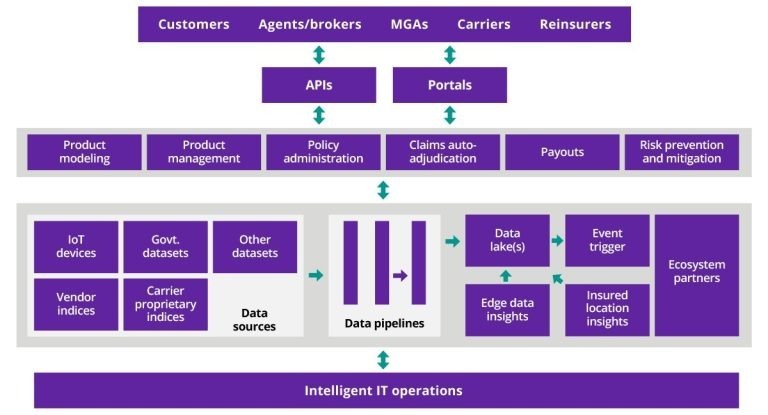How to Save on Auto Insurance by Improving Your Driving Record
For most vehicle owners, auto insurance premiums represent a significant, recurring expense, a necessary cost to protect against the inherent risks of the road. While factors like age, location, vehicle type, and even credit score (as discussed previously) play a role in determining these rates, one of the most impactful and controllable elements is your driving record. A clean driving history is not just a badge of responsible motoring; it’s a direct pathway to substantial savings on your auto insurance. Understanding how your driving record influences premiums and, more importantly, how to proactively improve it, is a key strategy for optimizing your insurance costs and ensuring long-term financial benefits.
At its core, auto insurance pricing is a sophisticated exercise in risk assessment. Insurers meticulously analyze various data points to predict the likelihood of a policyholder filing a claim and the potential cost of that claim. Your driving record serves as a direct, empirical indicator of your risk profile. A history laden with accidents, traffic violations, and speeding tickets signals to an insurer that you are a higher risk driver, more prone to future incidents. Consequently, they will charge higher premiums to offset that perceived increased risk. Conversely, a spotless record demonstrates responsible driving behavior, classifying you as a lower risk and earning you access to more favorable rates and a wider array of discounts.
The most obvious way to improve your driving record, and subsequently lower your premiums, is to **drive safely and responsibly**. This fundamental advice, while seemingly simple, is often the most challenging to consistently implement. It means adhering to speed limits, avoiding aggressive driving behaviors, refraining from distracted driving (especially texting or using a phone while driving), and never driving under the influence of alcohol or drugs. Each traffic violation, whether a speeding ticket, running a red light, or improper lane change, adds points to your driving record and can remain on it for several years, directly impacting your insurance rates. Even minor infractions can accumulate, signaling a pattern of risky behavior. A clean record, characterized by an absence of moving violations and at-fault accidents, is the ultimate goal for significant, long-term premium reductions.
Beyond simply avoiding infractions, proactively enrolling in a **defensive driving course** can be a smart move. Many insurance companies offer discounts to drivers who voluntarily complete approved defensive driving or traffic safety courses. These courses not only refresh your driving skills and knowledge of traffic laws but also demonstrate to your insurer your commitment to safe driving. The discount might not be massive, but combined with other strategies, it contributes to overall savings. In some instances, completing such a course can even help reduce points from a previous violation on your record, though this varies by state and insurer.
Another increasingly popular strategy is participating in **telematics programs** offered by many insurance providers. These programs involve installing a small device in your car or using a smartphone app that monitors your driving habits in real-time. The data collected typically includes factors like braking habits, acceleration patterns, speed, mileage, and time of day you drive. If the data indicates safe driving behavior, you can qualify for significant discounts. While some drivers might be hesitant about the data collection aspect, for those confident in their driving skills, it offers a direct, data-driven pathway to lower premiums that reflects actual behavior rather than just historical averages. It’s a tangible way for good drivers to prove their lower risk.
Actively working to **reduce points on your driving record** (where permitted) can also lead to faster premium relief. In some jurisdictions, certain traffic violations might be eligible for point reduction after a specified period or by completing a defensive driving course. While the exact rules vary, understanding these options and pursuing them can help clear your record faster, signaling to insurers that your risk profile has improved. It’s important to note that even after points are removed, the underlying incident might still be visible to insurers for a period.
Finally, remember that the impact of your driving record isn’t uniform across all insurers. Different companies have varying underwriting guidelines and algorithms for assessing risk. Therefore, even with a strong driving record, it pays to **shop around periodically and compare quotes** from multiple providers. A clean record from years of safe driving is a powerful bargaining chip. When seeking new quotes, highlight your excellent driving history, inquire about safe driver discounts, and ask about telematics programs. Some insurers specialize in offering highly competitive rates to drivers with impeccable records.
In conclusion, your driving record is not just a historical log of your time on the road; it’s a dynamic financial asset that profoundly impacts your auto insurance premiums. By committing to safe and responsible driving, considering defensive driving courses, embracing telematics programs, and actively managing your record, you can transition from being a perceived risk to a preferred customer. This proactive approach not only keeps you safer on the road but also directly translates into significant and sustainable savings on your auto insurance, providing a clear financial reward for responsible driving habits.







